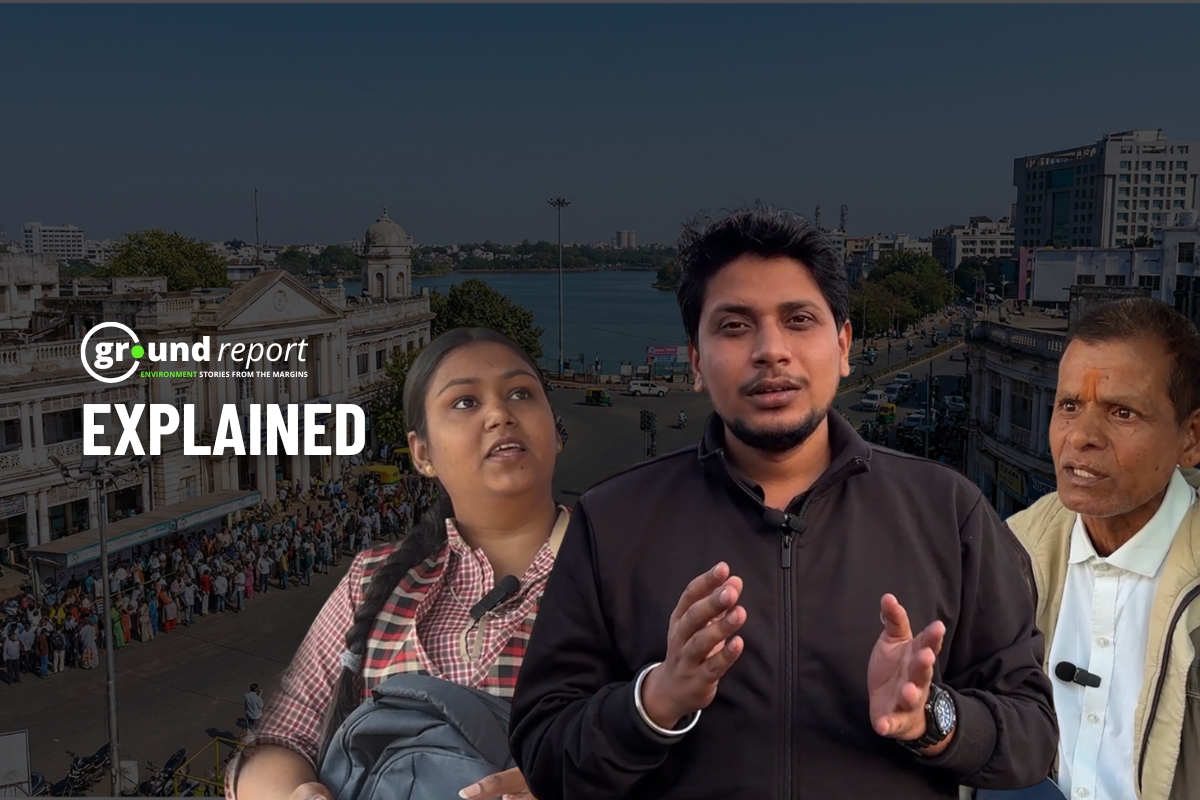Ahmedabad, a major city in western India, faced a devastating heat wave in May 2010, with temperatures topping 48 degrees Celsius and claiming 800 lives. Climate change and a slow-moving cyclone worsened conditions.
In response, the Ahmedabad Municipal Corporation, the Institute of Public Health of India-Gandhinagar (IIPH-G) and the US Natural Resources Defense Council (NRDC) collaborated to create the first action plan against the heat in India, saving an estimated 1,190 lives annually since its launch in 2013.
Public awareness, inter-agency coordination, adaptation
The heat action plan includes public awareness campaigns, inter-agency coordination for early warning systems, training of health professionals, and adaptation measures to reduce exposure to heat. Vulnerable communities, such as slums and low-income households, are a primary focus.
One critical component involves ‘cool roofs’, materials that reflect sunlight and absorb less heat, keeping interior temperatures 2-5°C lower compared to traditional roofs made of tin or asbestos.
Building on a successful pilot in 2017, Ahmedabad announced a cool roof program in 2020 for more than 15,000 slum roofs and 1,000 government buildings. The initiative raises local awareness of the benefits of cool roofs and uses green materials like ModRoof, made from coconut shells and paper waste, to improve cooling alternatives. Cool ceilings have also been introduced in other cities, painting more than 460 ceilings and providing information to thousands of homes.
People living in slums and low-income communities are particularly vulnerable because many homes in these areas are far from optimal and have few options for cooling, resulting in highly compromised living conditions. The heat action plan includes an important component known as ‘cool roofs’, which are coatings or materials that reflect sunlight and absorb less heat. Depending on the setting, cool roofs can lower indoor temperatures by 2 to 5°C compared to traditional roofs often made from corrugated tin or sheets of asbestos.
In 2020, Ahmedabad announced a cool roofs program for more than 15,000 slum roofs and 1,000 government buildings as part of its heat action plan, building on the back of a successful pilot in 2017. The larger roll-out focuses on slum households and local government buildings.
Cool roof awareness through outreach
Ahmedabad’s initiative builds on the extensive work done by Mahila Housing Trust, which has installed over 100 cool roofs in low-income communities in Ahmedabad. They achieved this by using solar reflective paint and a technology called ModRoof, which is a locally made material made from coconut husk and paper waste, providing an eco-friendly and cooling alternative.
Cool roofs are popping up in other parts of the country. In 2020, NRDC and Mahila Housing Trust painted the roofs of selected slum households with solar reflective paint in four cities, Jodhpur, Bhopal, Surat, and Ahmedabad.
The households were selected based on the household’s electricity usage, type of roof (tin or cement), exposure to sunlight, and the number of household members sharing the space. The program across the four cities painted more than 460 roofs and provided information on solar reflective paint to 13,587 households and 67,935 individuals.
Scaling cool roofs in India is a shared goal between the National Disaster Management Authority, NRDC and IIPH-G. The “Heat Wave 2021: National Cool Roofs Challenge” invited cities with heat action plans to implement cool roofs, but the COVID-19 pandemic affected their uptake. An extension for the challenge is being considered.
With rapid urbanization in India, extreme heat is becoming deadlier, requiring effective heat resilience strategies. Cool roofs and community outreach efforts prove to be simple and effective solutions to counter rising urban heat.
Keep Reading
- 3.7 litres of water used to make one cigarette
- What makes Oman’s Yiti a sustainable city?
- Clean energy manufacturing market to reach $790B by 2030: IEA
Follow Ground Report for Climate Change and Under-Reported issues in India. Connect with us on Facebook, Twitter, Koo App, Instagram, Whatsapp and YouTube. Write us on GReport2018@gmail.com.









